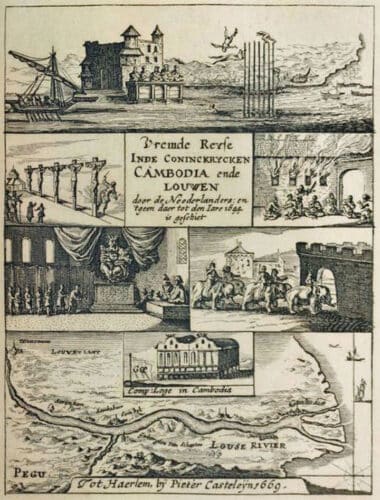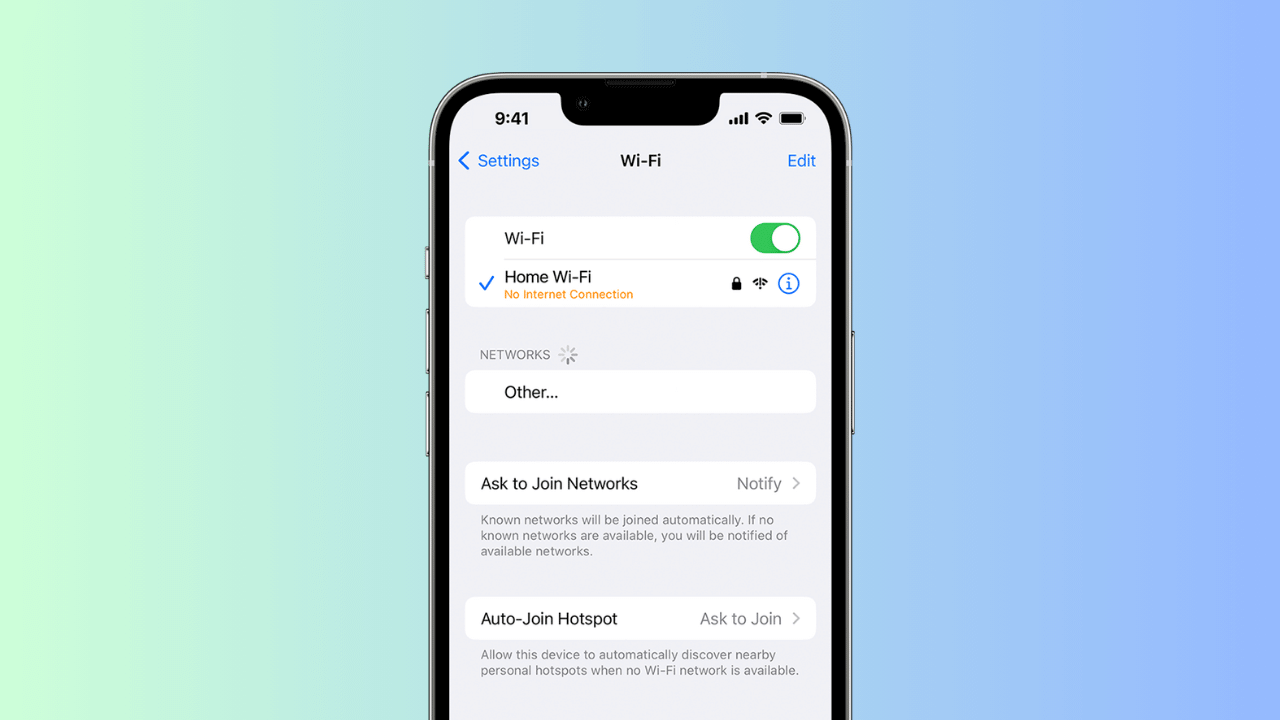
We include products we think are useful for our readers. If you buy through links on this page, we may earn a small commission. Here’s our process.
Relationship conflict may not always feel pleasant, but it’s pretty normal.
Sometimes, painful experiences in early relationships can trigger these conflicts. If you felt unheard or neglected by your parents or other trusted caregivers, for example, you might feel doubly wounded when conflict with your partner stirs up similar emotions.
According to the creators of Imago Relationship Therapy, disagreement and disconnection based on these early relationships can take attention away from the positive and rewarding aspects of your current relationship.
But what if you used that tension to work toward deeper empathy and understanding, instead of letting it slowly drive you and your partner apart? Imago therapy can teach you how to do exactly that.
The basics
Imago therapy rests on the idea that patterns from childhood replay in your adult relationships.
When troubles from your childhood return and repeat, it keeps you from forming secure connections with loved ones — and the resulting sense of disconnect can contribute to a range of relationship issues.
To fulfill your desire to connect, you must:
- build new connections
- maintain existing ones
- work to repair damaged ones
According to a 2011 book on couples therapy, the theory behind Imago therapy suggests this happens in the following ways:
Choosing a partner
People generally feel drawn toward a specific image (“imago” in Latin) when seeking out partners. This image, a product of your unconscious mind, is made up of various personality traits and behaviors you associate with early caregivers.
You might wonder if it’s a little, well, creepy to seek a partner whose characteristics resemble a parent’s traits. But this is natural — it happens because those strong childhood bonds are deeply engraved in your consciousness.
Even if they didn’t do everything right, your parents likely still feel familiar and comforting, and your sense of self is partially bound up in that relationship.
In adulthood, self-identity becomes similarly connected to a partner’s as you join a bigger unit: the relationship. Where you once turned to your parents, you might now turn to your partner to get emotional needs met.
It stands to reason you’d feel attracted to someone with similar traits as your parent or caregiver. These characteristics make your partner less of an unknown. The unconscious knowledge of walking down a path you know well can foster a sense of peace and fulfillment in your relationship.
Finishing childhood
What happens, though, when your parents behaved in ways that caused pain?
Perhaps, instead of offering you support, they required emotional support and reassurance from you. Maybe they reacted to your mistakes with criticism, or simply weren’t there when you needed them most.
People generally want to heal the pain of unpleasant memories by finding a way to get those lingering needs met. Though you’ve already become an adult physically, this healing process allows you to leave childhood behind in a psychological and emotional sense.
The problem, however, lies in the fact that your partner might embody not only your parents’ comforting traits, but also some of the ones that triggered distress.
Relationship stages
Romantic relationships, as described in Imago therapy, involve three key stages:
- the romantic phase
- the power struggle
- the conscious partnership
The romantic phase involves the early, euphoric stages: attraction, excitement, falling in love.
In the power struggle stage, childhood pain and trauma come to light in the form of frustration and conflict. Perhaps your partner also fails to praise your accomplishments, ignores you when you feel upset, or brushes off distress with claims that you’re overreacting.
You want to prevent childhood distress from recurring. Yet when you rely on childhood coping strategies and defense mechanisms, often because you don’t know anything different, these frustrations usually just fuel further conflict. And this weakens your relationship.
A better option, Imago therapists suggest, involves working together to discover reasons for hurtful reactions and behavior on all sides.
Remember, your partner’s reactions likely relate to their own childhood experiences too. Collaborative exploration helps you transcend a continuous power struggle and grow into more conscious partners. This allows you — and them — to feel safe, supported, and healed.
What it’s good for
Imago therapy aims to strengthen relationships by helping partners develop greater intimacy through:
- becoming more present
- having empathic conversations
- recognizing your separate identities as individuals
- approaching each other with curiosity, not judgment
- expressing appreciation and positive regard instead of contempt and blame
In short, Imago therapy teaches skills to achieve healthier interactions and, in turn, relationship satisfaction. Even partners who get along just fine can still deepen their understanding of each other and important relationship goals.
You might find Imago therapy particularly helpful if your relationships involve:
- frequent misunderstandings
- unhealthy communication
- regular arguments
- trust issues
- loss of emotional or physical intimacy
- frustration or boredom
How it’s done
An Imago therapist plays more of a guiding role, so you won’t spend much time directly telling them about any relationship challenges.
Before the therapeutic work begins, your therapist will ask you both to agree to recommit to your relationship by committing to the work and energy needed to create change.
The actual therapy process, which is fairly structured, involves several key exercises.
Imago dialogue
Imago dialogue, also called intentional or couples dialogue, is the main component of therapy. Most of your interactions will follow this format:
- mirror
- validate
- empathize
The structured nature of this dialogue prevents conversations from becoming judgmental or unkind. This can increase your comfort level around talking through painful conflict and difficult emotions.
You’ll take turns sending (speaking) and receiving (listening) until you’ve both had the chance to share your feelings.
When the sender speaks, the receiver will mirror. Mirroring involves paraphrasing the sender’s words in the same tone, without altering the meaning in any way. For example:
- Sender: “I feel really upset when you scroll through your phone when I’m talking to you.”
- Receiver: “I’m hearing it upsets you when I’m on my phone while we’re talking, is that right?”
They’ll also validate, or offer understanding. The receiver doesn’t necessarily have to agree with what the sender is saying, but they should offer an understanding of where the other person is coming from. For example:
- Sender: “I feel insignificant and unimportant when you use your phone so much. It reminds me of the way my parents and siblings were always too wrapped up in other things to talk to me.”
- Receiver: “I understand why you feel ignored when I’m always on my phone. I can see it makes you worry that I’m not interested in talking to you.”
The receiver might also ask for further explanation if they aren’t sure what the sender is trying to say.
They’ll also try to empathize. Here, the receiver imagines and describes the feelings of the sender.
For the receiver to communicate understanding successfully, they need to have absorbed the messages in the previous steps. For example:
- Receiver: “When you’re trying to engage and I pick up my phone, it seems like I’m not prioritizing you. That must make you feel rejected and lonely.”
Closing the exits
When your relationship doesn’t engage your attention, you might devote your “relationship energy” into other hobbies or people.
Of course, it’s perfectly normal to have other interests and friends outside of your relationship. It only becomes unhealthy when you use these outlets to distract you from relationship issues or put so much energy into outside pursuits that you have little time left for your partner.
The closing exits exercise helps you identify and share your escapes, such as venting to friends or playing video games. You can then choose to cut back on these activities in order to dedicate more effort to your relationship.
Imago workup
At the beginning of therapy, you’ll learn more about the therapeutic process and what it’s meant to accomplish. You’ll also explore similarities, both positive and negative, among your partner and your early caregivers. Your partner will do the same for you.
Identifying these patterns can help you begin recognizing roots of relationship conflict. You might, for example, note your partner and parent are both mild-mannered yet emotionally reserved — a challenge when you wish they’d open up.
Behavior change request
You’ve probably learned criticizing your partner’s behavior doesn’t help much and may even make matters worse. Imago therapy teaches you another option: the behavior change request.
This exercise teaches you to express one specific frustration, such as feeling unwanted, and offer your partner three potential options for changing the behavior.
You might, for example, request they:
- take turns initiating sex
- exchange a few NSFW text messages during the day
- send a flirty photo next time you’re apart
They then choose one action to try.
This process is called stretching. Instead of holding fast to old habits, both partners learn how to change in order to better meet each other’s needs.
These new actions might feel awkward or unnatural in the beginning, but consistent practice can promote improved communication and reconnection.
How effective is it?
While anecdotal reports suggest many people find Imago therapy a helpful approach, scientific research has yet to explore its effectiveness in depth. Still, a few promising studies exist.
One 2011 study explored potential benefits of Imago therapy for African Americans, who are often less likely to seek out relationship counseling due to social barriers and concerns around how they’ll be viewed by others.
Researchers interviewed 12 participants who completed an Imago therapy workshop and noticed a few key outcomes.
Participants had:
- a deeper understanding of personal childhood experiences
- a deeper understanding of a partner’s childhood experiences
- better communication with their partner
- improved self-awareness and authenticity
Research from 2016 suggests that 12 weeks of Imago therapy may help boost empathy, an important trait in relationships.
Finally, results of a 2017 study of 30 couples suggest that 12 weeks of Imago therapy may improve relationship satisfaction. Study authors emphasized, however, the limitations of their study — like its small sample size — and noted the need for more research to support these findings.
Are there any downsides to consider?
It might seem harmless enough, but couples therapy isn’t always the best or safest option.
If either partner experience serious mental health symptoms, including substance misuse or addiction, or your relationship involves physical or emotional abuse, it’s best to work out these issues first.
Many therapists recommend individual therapy instead of relationship counseling for relationships involving abuse. It’s essential for the abusive partner to explore reasons behind their behavior and begin addressing it, and for the person being abused to access support and develop a safety plan.
Imago therapy aims to help couples reconnect, so if you aren’t yet sure whether you want to repair your relationship, a different approach may be ideal.
People who prefer a more free-flowing approach to conversation may find Imago dialogue frustrating, since its rigid structure can make it tough to pursue authentic conversation in therapy.
If you want to try it
Interested in trying out Imago therapy? You have a few options.
See an Imago relationship counselor
Therapists trained in Imago therapy will offer a standard 12 therapy sessions, though you can choose to continue further.
You can find certified Imago therapists by searching the official Imago therapy databases:
- worldwide
- United States and Canada
Many Imago therapists also offer group and online counseling.
Try a workshop
If you’d prefer a shorter introduction to Imago therapy, you might consider a weekend workshop or retreat.
You can also find these in the official databases listed above.
Self-help books
Prefer the written word? You can use books written by the creators of Imago therapy to practice Imago exercises on your own or with a partner. You might consider these two:
- Buy Getting the Love You Want (plus workbook) online.
- Buy Keeping the Love You Find (plus workbook) online.
The bottom line
Imago therapy can be a great tool to strengthen relationship bonds and develop a better understanding of your partner’s needs.
If you’re willing to commit to the process of exploration and reconnection, an Imago therapist can help you begin to explore unhelpful reactions and replace blame and pain with a sense of safety and renewed intimacy.
Crystal Raypole has previously worked as a writer and editor for GoodTherapy. Her fields of interest include Asian languages and literature, Japanese translation, cooking, natural sciences, sex positivity, and mental health. In particular, she’s committed to helping decrease stigma around mental health issues.













